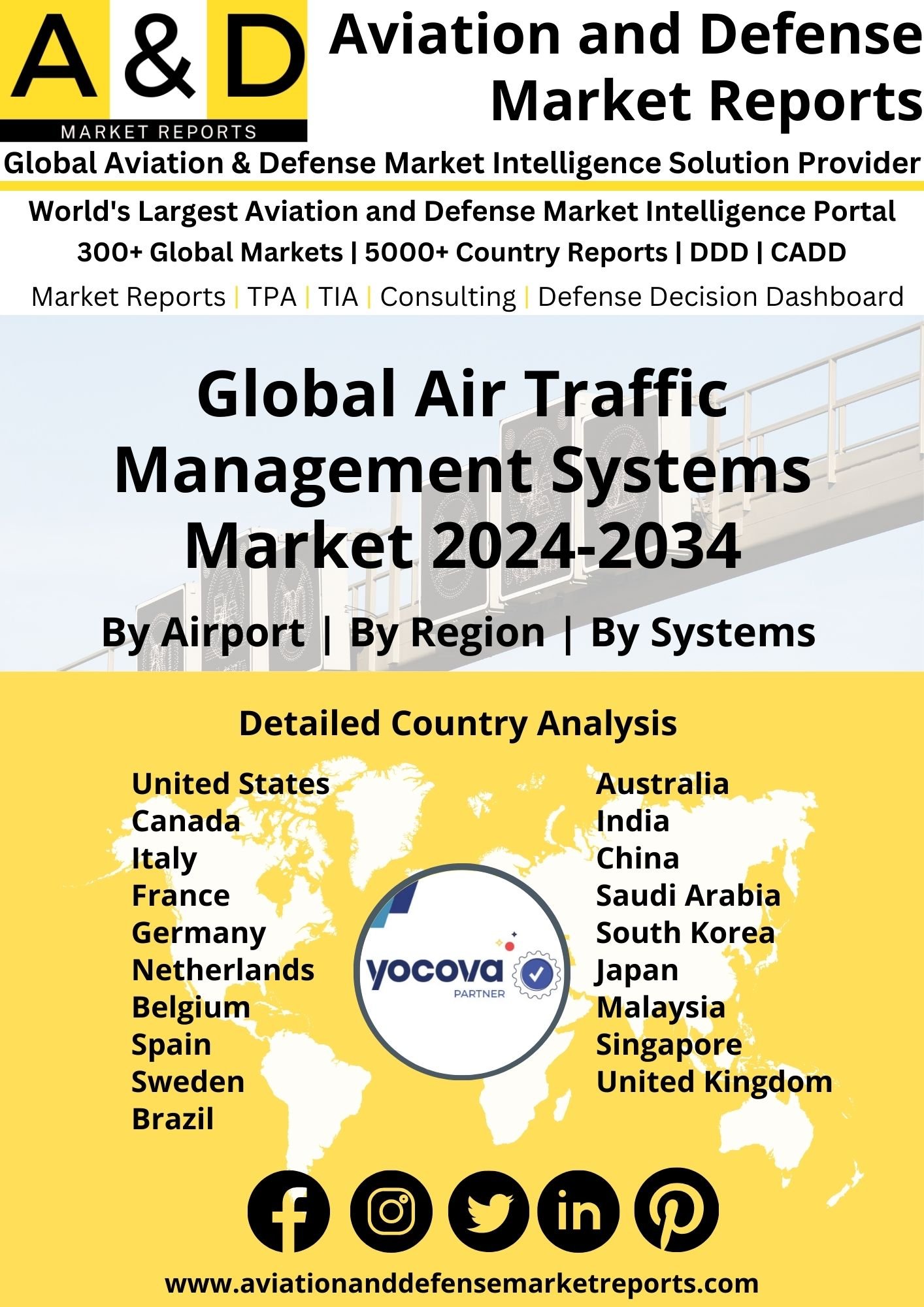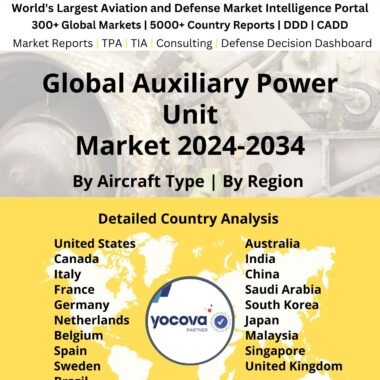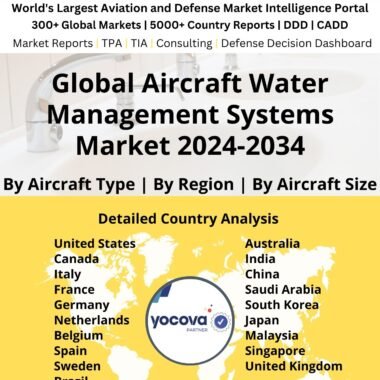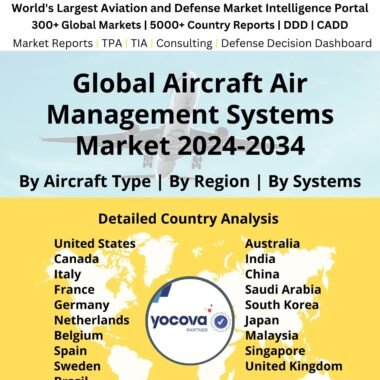Description
Air Traffic Management Market
ATM (Air traffic management) consists of various systems, which assist the aircraft from departure to landing and during transit. The system includes surveillance, automation, simulation systems, communication, and navigation. It helps aircraft to land at specific destinations, supports maintaining optimum altitude or flight level during travel, and prevents collisions or accidents. It also helps in improving passenger safety, offering real-time accuracy, making collaborative decisions, and consolidating different systems. Thus, ATM finds its application across the aerospace and aviation industries. The main objective of Air traffic management is to reduce the congestion problem and to keep sufficient difference between aircraft on the ground to avoid collision by suggesting the right direction during a flight. The Air traffic management system includes air traffic flow management (ATFM), air traffic controller, and airspace management. ATM has contact with the ground system. There is a high demand for ATMs due to the increase in air passenger traffic, and since more aircraft use the same available space. There is a constant development of advanced technologies in the aviation industry and increasing investment in airport infrastructure, which makes us anticipate the demand for ATMs in the forthcoming years. A safe, efficient, environmentally sustainable, and secure air navigation system is required to maintain sustainability in airports.
Major factors driving the growth of the Air Traffic Management Systems Market
Since there is an increase in air traffic around the globe, there is a need for advanced ATM solutions. In developing countries like India and China, there is an exponential growth in air passenger traffic in the last decade. This in turn increased the demand for new airports. Due to the increased air traffic, the airport expansion needs also increase this will also surge the demand for modern air traffic management solutions. According to the Center for Asia Pacific Aviation, USD 137,254 million was invested in the global airport expansion. Out of that, USD 74,856.0 million was spent on upgrading existing airports, and USD 62,398.0 million was invested in new airports. Thus, the rising passenger traffic is expected to increase the demand for such systems and services.
Trends influencing the growth of the Air Traffic Management Systems Market
Presently, the market for unmanned aerial vehicles and urban air mobility has risen. This increasing number of air taxis and UAVs has raised the concern regarding the security, and safety of air traffic congestion. Aviation organizations such as CANSO (Civil Air Navigation Services Organization) and the ICAO (International Civil Aviation Organization) have anticipated that there will be more demand for air traffic management solutions in the forthcoming years. In high-growth regions, several airlines have increased their focus on adopting artificial intelligence technology with next-generation ATM systems. This advanced system allows real-time communication between the air traffic controller authority and the aircraft. It is expected that this trend will help in the rise of the market in the upcoming years. Under the program OneSKY, the Thales group announced that it has integrated, and modernized the Australian airspace. The main aim of this program is to deploy the company’s four key digital technologies, artificial intelligence connectivity, cybersecurity, and big data, to manage the world’s airspace by 11%.
Air Traffic Management Systems Market Forecast & Dynamics
In the air traffic management system, a new concept of the remote virtual tower has been introduced. From anywhere around the world, a remote virtual tower allows the controllers to perform all functions of the control tower. These towers ensure reduced delays, increased safety margins, and streamlined access compared to non-towered airports. The virtual towers cost less, occupy a smaller footprint, and are technically effective. These towers are more secure and resilient compared to conventional tower control. There is a risk of cyber threats due to an automatic dependence on surveillance in air traffic management. Some of the restraints of the market are strong regulatory norms associated with aircraft operations. This is one of the major restraints, which affects the growth of the ATM market. Strong regulations and rules must be followed by the ATM component manufacturers to meet all the safety norms and the highest air traffic management system is produced.
Market Analysis for Recent Developments
Qatar Civil Aviation Authority wanted Frequentis AG to upgrade its voice communication system and modernize its air traffic control tower operation, to meet air traffic demand. Indra Sistemas S.A. will control the towers of Santiago, Sao Vicente, Africa, Sal, and Boa Vista and upgrade the SAL island Oceanic air traffic control. Raytheon Technologies completed the installation of the first global crew strategic network terminal system for the U.S. Air Force. The terminal system modernizes protected communication systems while adding new capabilities for non-nuclear and nuclear control and command.
The Biju Patnaik International Airport (BPIA) adopted an indigenously built advanced air traffic management automation system (ATMAS) on Thursday, which improves flight safety and efficiency. ATMAS, a collaboration between the Airports Authority of India (AAI) and Bharat Electronics Limited (BEL), will provide conflict prediction and alert warnings, as well as decision-making tools, to controllers at BPIA to ensure safe and efficient air traffic control. The AAI’s decision to install ATMAS at all medium and major air traffic control centers will not only improve safety and operational efficiency but will also help relieve controller stress. AAI chairman Sanjeev Kumar, who unveiled the automated air traffic management system here, stated that the system had been thoroughly tested in the previous two to three months. According to a senior officer, the joint development of ATMAS has enhanced AAI and BEL’s capabilities and expertise in the field of air traffic management and R&D, which is in line with the Centre’s Atmanirbhar Bharat and Make in India initiatives. It will also reduce AAI’s reliance on foreign countries for the procurement of air navigation services equipment, thereby saving foreign exchange. “”It is time for us to stop being consumers of services and components used in civil aviation and start contributing globally and exporting ATMAS.””
Key Companies
- Thales Group – Thales Group
- Indra Sistemas – Indra Sistemas
- Northrop Grumman – Northrop Grumman
- Leonardo S.p.A – Leonardo
- Raytheon Technologies – Raytheon Technologies






